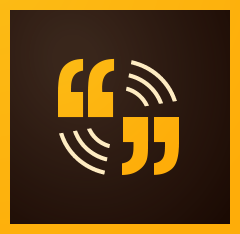I focused on coding and computer programming in schools as my “Hot Topic” project. You can watch the video I made with Adobe Voice here! The video is a very basic overview of what coding is, why it’s important, and how we can teach it.
Even though I don’t have a strong background in programming myself, I think it’s something that’s very important to be aware of and to teach students about. It’s easy to incorporate into lessons, students enjoy it, and it teaches them the all-important skill of computational thinking.
In my research I even found activities that can help teach kids about how computers work even when you don’t have any actual computers to use! The Drawing Machine game introduces the concept of coding as a set of precise instructions. My Robotic Friends is an hour-long activity that teaches symbols and debugging to young students.
Here are some other resources to add to and highlight from my presentation:
- Code.org: Everything you need to get started
- Scratch: Programming language for kids and lots of tools for teachers
- Adding Coding to the Curriculum: New York Times article on countries that require kids to learn coding
- We Can Code It!: Article on coding as a new literacy
- How Coding Works: the basics
Image: “Spring 2012 Student Hackathon Coding” by @matylda, licensed under Creative Commons







